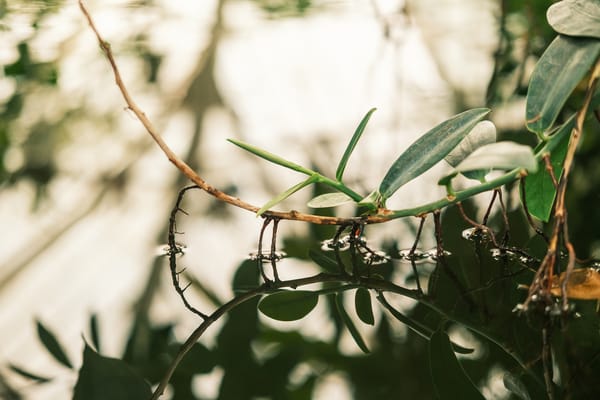Rest. Relax. Hydrate.
In direct competition to "no pain, no gain." An essay on painful massages.
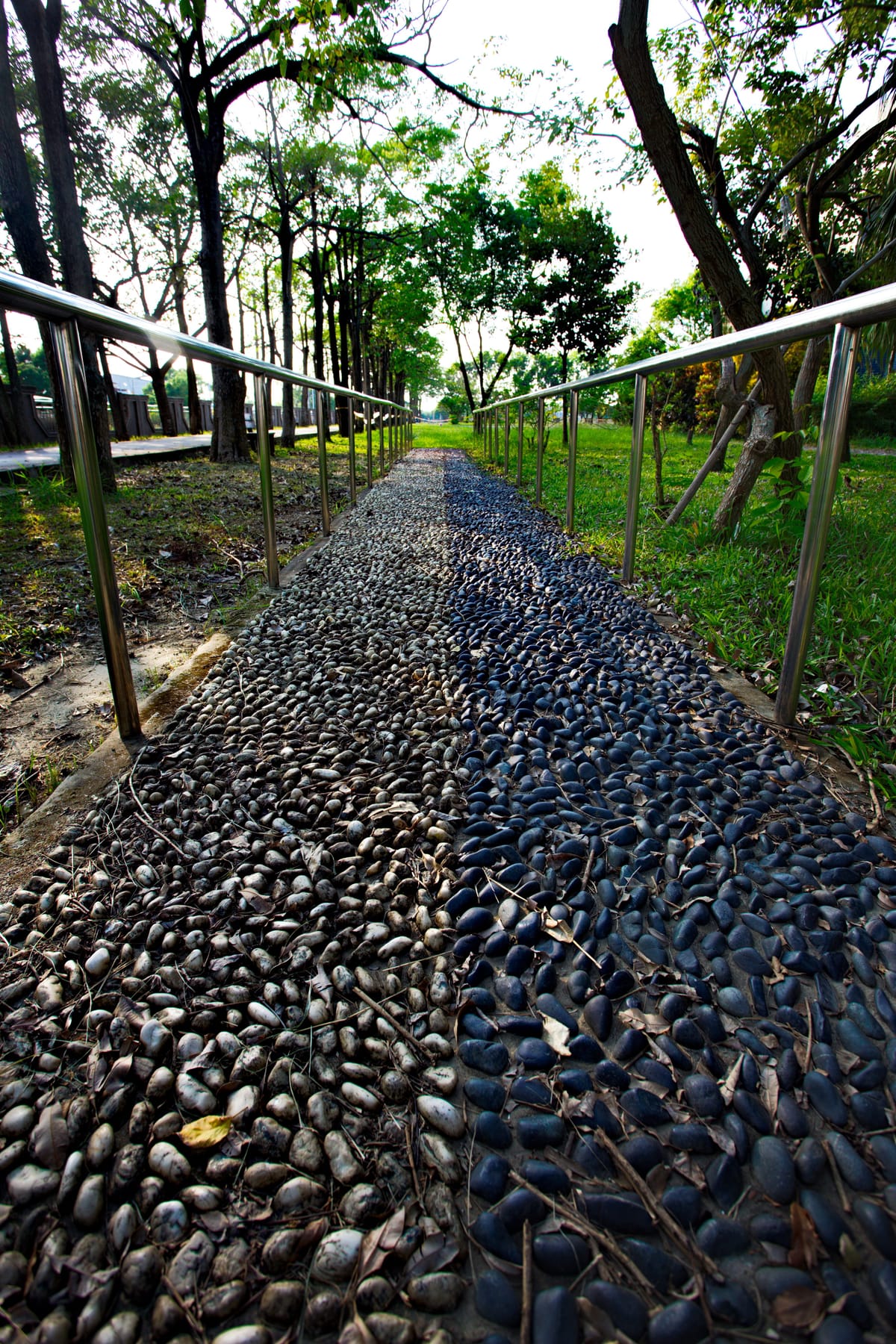
📝 Notes from Jenn:
Hello friends, this is being sent late, because I have “Expo brain,” a serious condition in which you are barely functioning in the immediate days post-SCA Expo. I hope you enjoy my essay on massages.
📜 Published: “The Sensory Story Of Color In Coffee” on Sprudge
In these Instagram days, we make assumptions and judgments about a cafe before even stepping inside. Everything from bags to wall colors to equipment create indicators of what your experience will be like.
🛠 Current project: Nothing. I just want to recover from Expo!
🔏 Last week, paid subscribers received a short photo essay on my full day in Portland, before the chaos of Re:co and Expo began.

Rest. Relax. Hydrate.
“Relax,” the massage therapist whispered to me.
Look, I’m as relaxed as possible while you dig into all my pressure points. That knot you’re focusing on isn’t a result of me not relaxing, it’s a culmination of years layered on years of stress being held in my muscles. She told me to relax several more times.
“Rest. Hydrate.”

The prescription for a cold is the same as the recommendation for massage aftercare and is the same as recovery from a big trade show week. I took yesterday off as a stopgap moment of rest and got a Thai massage. It was also the first time I wrote anything original in nine days.
Getting words down now, today (Wednesday), is like pulling random pieces of fluff from my brain that resembles a cloud. Some have nuggets of insight. But for the most part, it’s a chore to think or write. I wrote most of these words yesterday.

I grew up not knowing there were different kinds of massages. “No pain, no gain” was a running theme in many ways (bruises, massages, extra homework).
For example, if I had a bruise, my mom would grab some tiger balm, spread it over the bruise, and then jam the heel of her thumb into the center, aggressively massaging it and moving her thumb in larger concentric circles. The next day, the bruise would be brown and well on its way to healing. I do not advise doing this to a classmate, even if done with the best of intentions. This is how I found out that many people just let the bruise sit there.
Muscle knots were approached the same way, especially those in the neck and upper shoulders. Perched on the couch edge, she’d sit me down on the floor before her, bracketing me with her knees. Using the heels of both her thumbs, she’d press firmly around until she encountered a hard muscle patch. With one hand holding my shoulder steady—and partially to keep me from falling down in pain—she’d go to town on the knot with the other thumb. The next day, my muscles would feel much looser.
I thought all massages were like this: pain at the moment, but relief later on.
When I got a job at Groupon, I treated myself to a massage—my first professional one! Of course, I used a spa Groupon to book the Swedish massage, and upon entering the room, I was introduced to the massage therapist. Let me tell you—not only did this person talk to me and engage in conversation the entire time (I hadn’t learned assertiveness yet), but he also gave me massage pressure akin to how you’d pat a dog’s back. I was so unhappy and did not understand why anyone would want this weak pressure. I wanted pain.
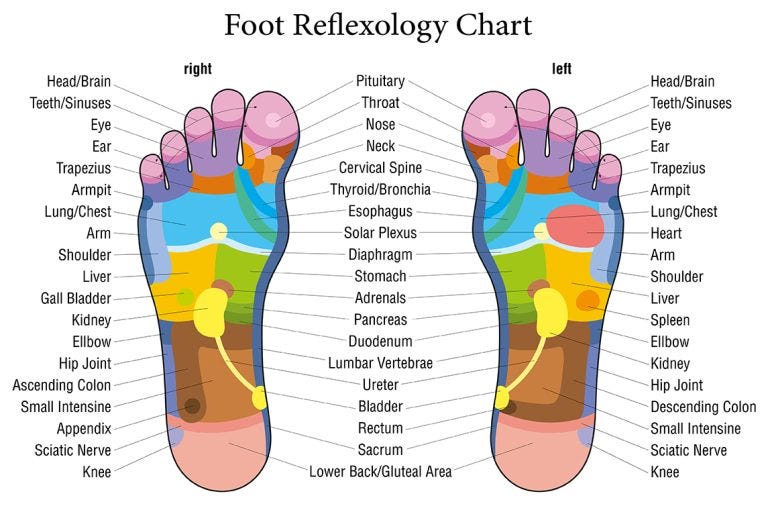
During my visits to Taiwan, I became accustomed to foot massage machines. Reflexology1 is a common practice there and has its related things: slippers with strategically placed knobs, and a machine with a vibrating massage head so you could target different areas.
A vivid memory of mine is taking a walk in the park with my grandmother. But not just any park. You needed to walk barefoot on top of a stone path, with each stone more flat than it was spherical. Plot twist: all the stones had been rotated so the ends faced up. The idea was that you walked on the path while your feet were being naturally massaged. You’d feel no pain if you and all your organs were healthy. I think I lasted a dozen steps before I gave up. My grandmother told me to relax, as she was casually strolling on the path. “No pain, no gain,” but my god, I’d rather have an intense foot massage than walk on those stones again.
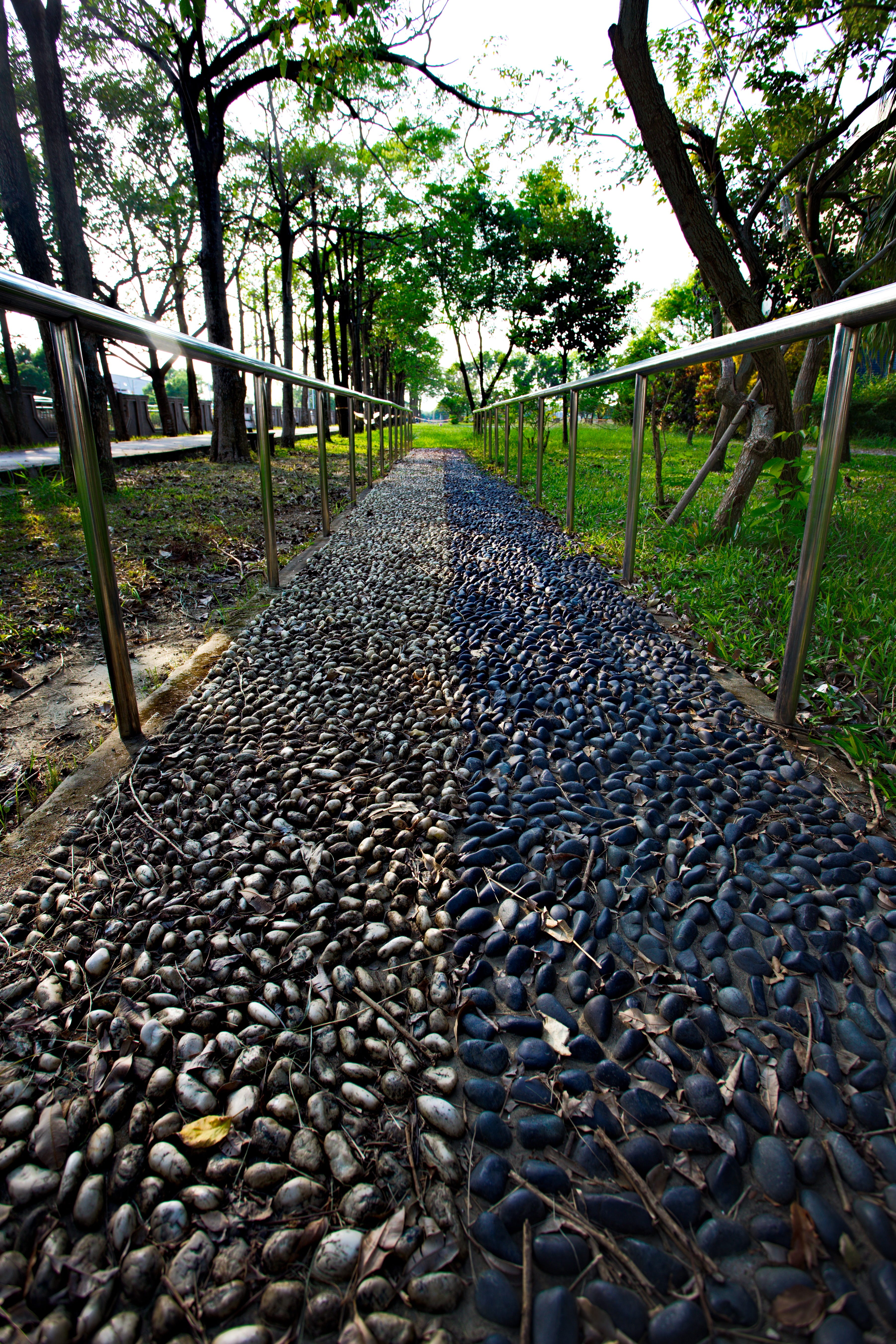
I still retain remnants of the “no pain, no gain” theme, like enjoying a Thai massage, buying prayer plants that are prone to throwing fits, and pushing myself through five continuous days of nonstop talking and/or doing things. I find it difficult to rest and relax, but if your head feels like it’s filled with cotton balls, you don’t really get a choice.

📤 digital marketing
- How to Use Social Media for Market Research [Hootsuite]: “Don't sleep on social media market research. It can help boost sales, engage followers, and contribute to a winning social media strategy.”
- Capture, Categorize, Create: A System for Capturing Your Ideas and Using Them To Create Content [Buffer]
- Where Should Your Customer Journey Start? [Content Marketing Institute]: “Demand generation happens when prospects don’t realize they have a need or want. Marketing’s goal is to convince them they should embark on a buyer’s journey.” [New Demand Generation Research]
👀 interesting reads
- How Your Physical Surroundings Shape Your Work Life [Harvard Business Review-freemium]: Even as someone who works from home and designed my home office space, there are still parts I dislike about it. This article has actionable advice and placemaking reasons behind each bit.
Just as a workplace can help us realize our best self, so too can it frustrate our efforts, leaving us feeling unmoored and stagnant.
- Posthumously: What I found, and what I missed, when I collected the writing of my late friend [Slate]: I’ve already arranged for my best friend to collect my private journals (don’t want anyone to read those), but I never gave thought to all the writing I’ve never shared.
It’s impossible to know how much work is left behind by the dead, and of that, how much is work that’s “worthy” of posthumous publication, work to which attention should be paid.
Many of the women I spoke with asked not to be identified by their full names, or not to be named at all, due to worries they would upset their spouses or harm their reputations, noting the lingering stigma against men who earn less than their wives.

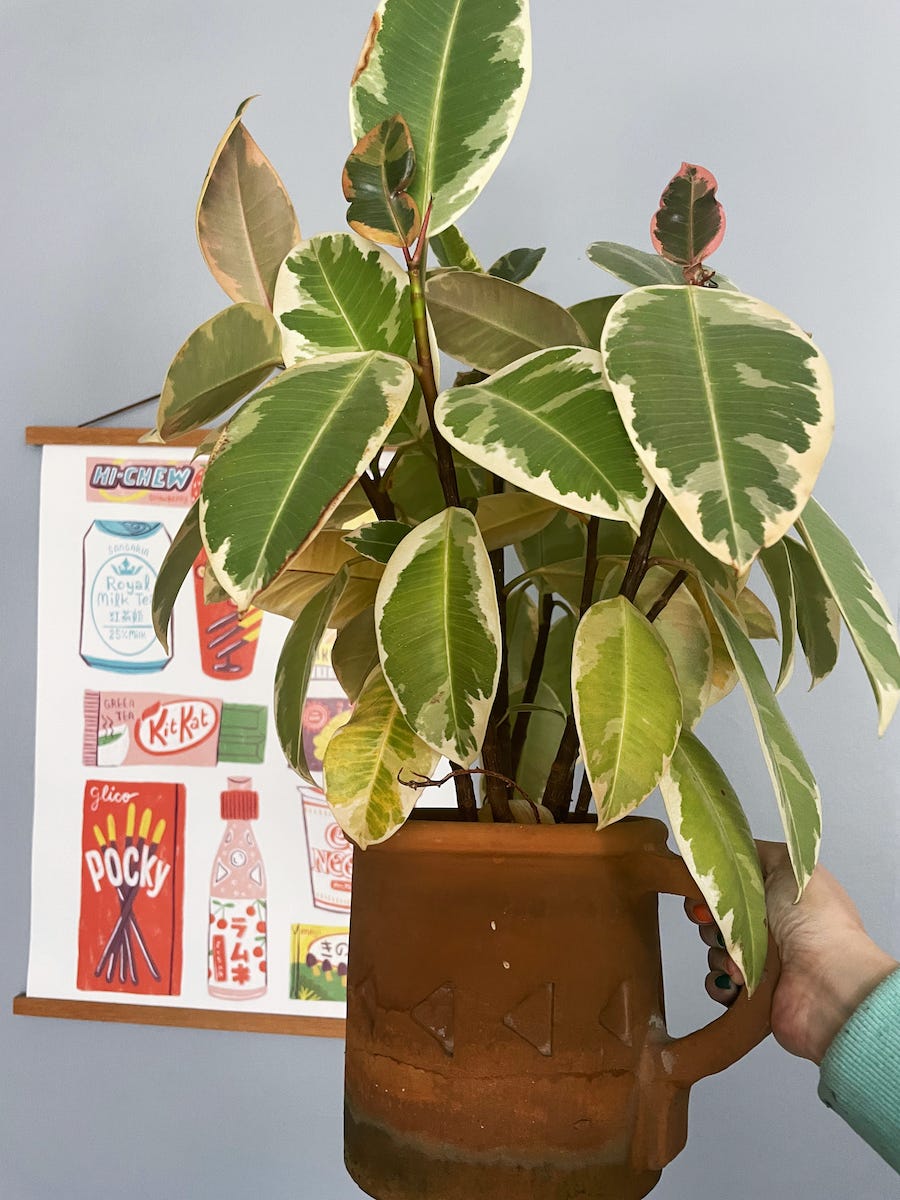
“Reflexology, also known as zone therapy, is an alternative medical practice involving the application of pressure to specific points on the feet, ears, and hands. This is done using thumb, finger, and hand massage techniques without the use of oil or lotion. It is based on a system of zones and reflex areas that purportedly reflect an image of the body on the feet and hands, with the premise that such work on the feet and hands causes a physical change to the supposedly related areas of the body.“ ↩



